Spring cleaning for clean breathing: How you can improve indoor air quality in your home
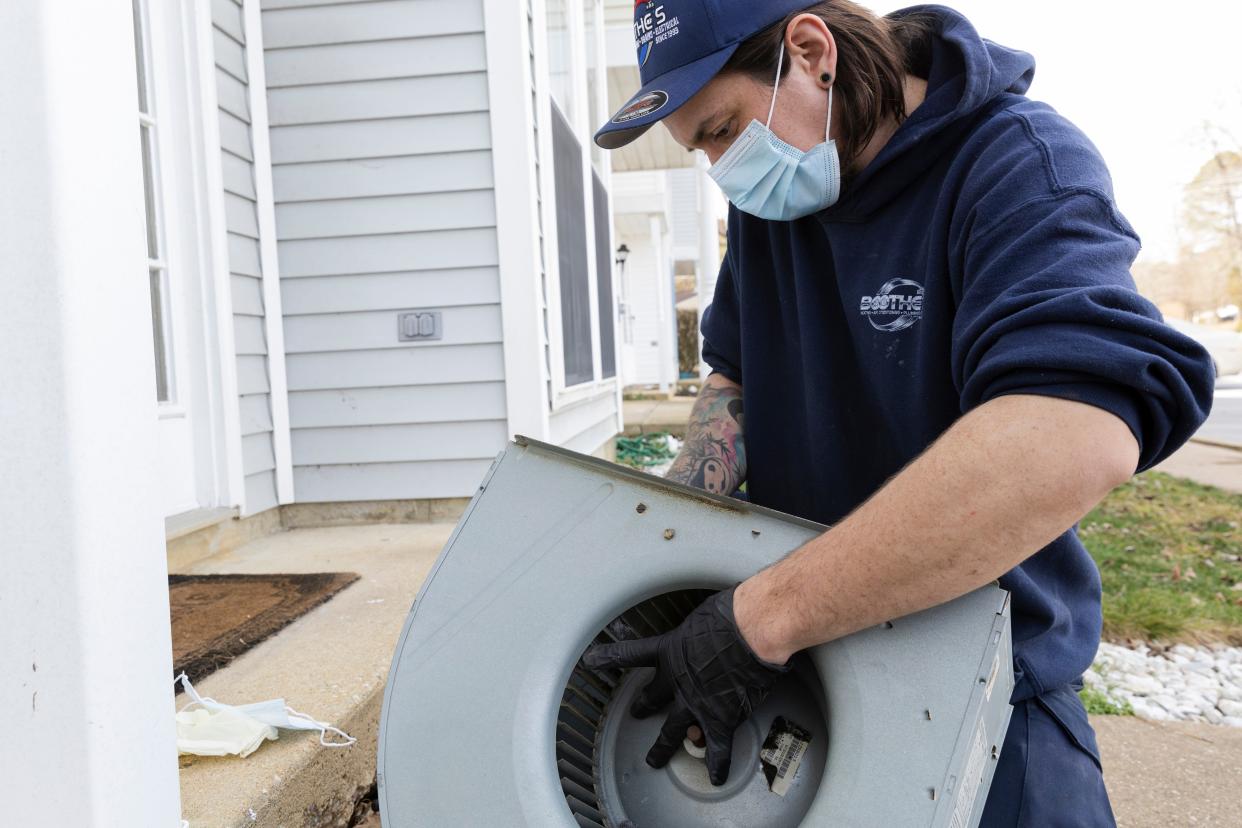
Spring is in the air, and what’s blowing out that air in your home may need a spring cleaning. Companies that work on heating, ventilation and air conditioning (HVAC) units recommend a tuneup typically in the spring and fall, before the central air conditioning starts working harder in the summer and the heating cranks up in the winter.
A tuneup, which usually takes a technician one to two hours, consists of checking all the components and cleaning the system to ensure it’s working efficiently. Experts in the field say a tuneup can prolong the life of the unit and improve indoor air quality.
“When you let dirt build up on coils or on blower motors or blower wheels, that can drastically reduce the efficiency of the system,” said Donavan Rohde, vice president at One Hour Air Conditioning and Heating in Las Vegas, which usually charges $109 for a tuneup but can go as low as $79 with seasonal specials. “So keeping it clean keeps it at its peak efficiency, which will help with your power bills.”
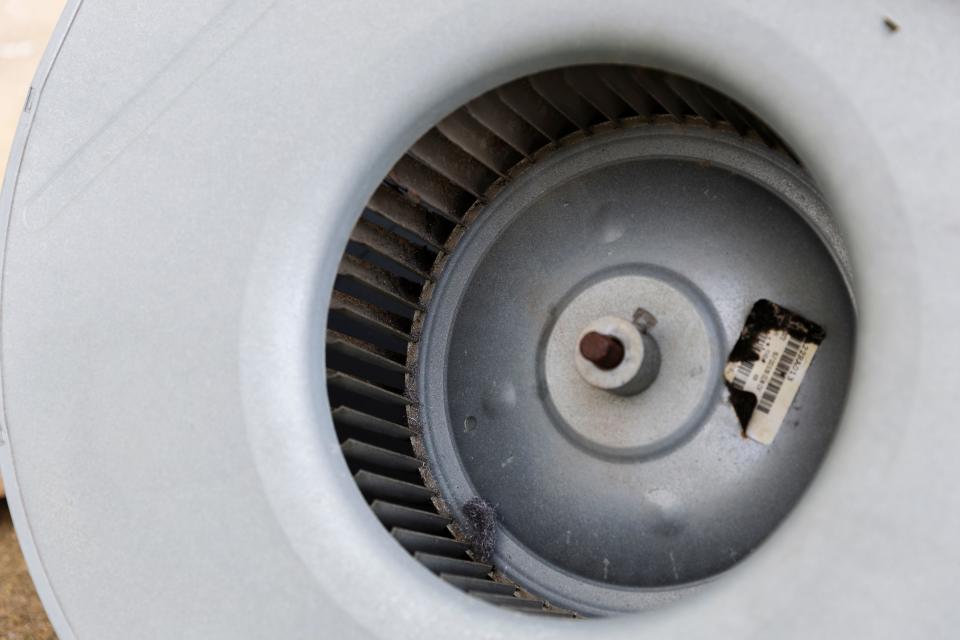
Rohde said one of the main causes of breakdowns is dirt, which can build up from dust, pollen and pet dander. “Imagine restricting your breathing; you can start doing that to your system if you’re not careful,” Rohde said. (An HVAC tuneup is different from air duct cleaning.)
But some tuneups may require more intensive cleaning that will cost extra if biological growth is found. That’s what happened to my HVAC system and has been depicted here in photos to show what it looks like and how it’s cleaned by a professional. I live in a humid environment near the water in southern Maryland, but I also had a plumbing leak in my home in April 2023 that may have contributed to the problem.
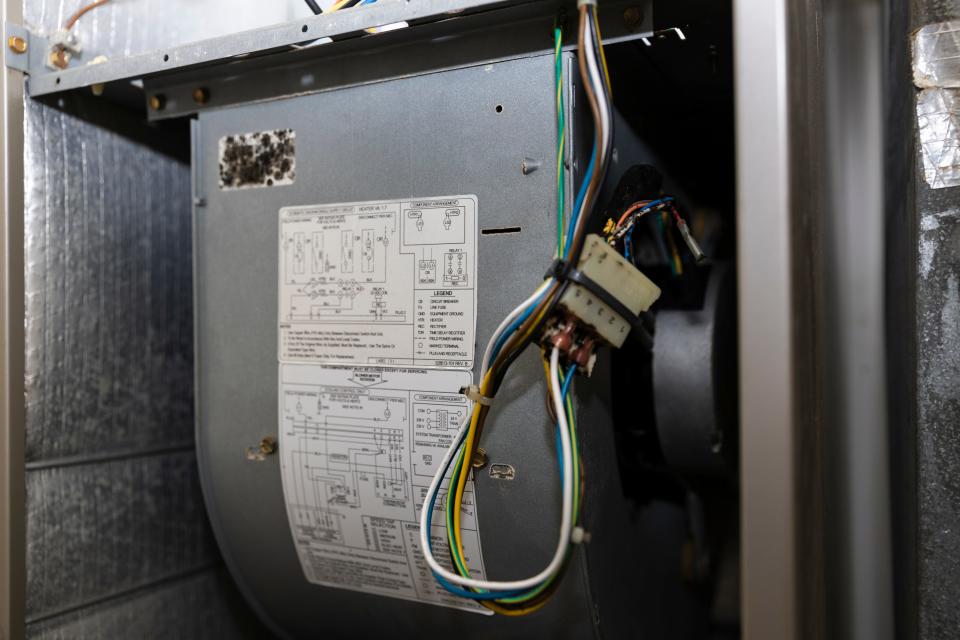
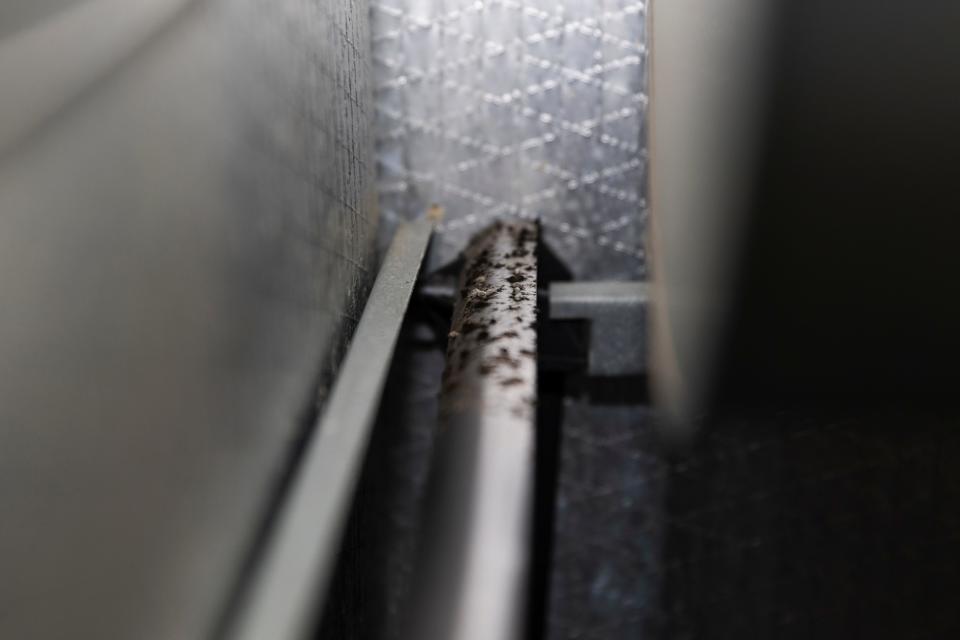
When you hear the term “biological growth,” you probably think of mold. My HVAC was serviced by Boothe’s Heating & Air, which charges $69 on average for a tuneup but also offers seasonal specials that could send the cost lower. The technician who worked on my home’s unit told me the growth can’t be called mold unless it’s tested for that. The growth is visible inside the unit as black spots on the white barcode stickers, blower motor wiring harness and the drain pan.
At One Hour Air Conditioning and Heating, the standard price for a deep cleaning is usually $340 but could be lower if you’re a club member. At Boothe’s the standard cost to clean the coil and the blower/ wheel is each $350, for a total of $700 to clean both, but the price can vary depending on accessibility to the equipment and other factors, Winters wrote in an email. The time it takes to do a deep cleaning can also vary.
According to the Environmental Protection Agency, biological contaminants include bacteria, molds, mildew, viruses, animal dander and cat saliva, house dust, mites, cockroaches and pollen; central air systems can become a breeding ground for those contaminants and spread it through the home. The EPA website lists heating and cooling systems and humidification devices as a pollutant, and the agency says on its website that “health effects from indoor air pollutants may be experienced soon after exposure or, possibly, years later.”
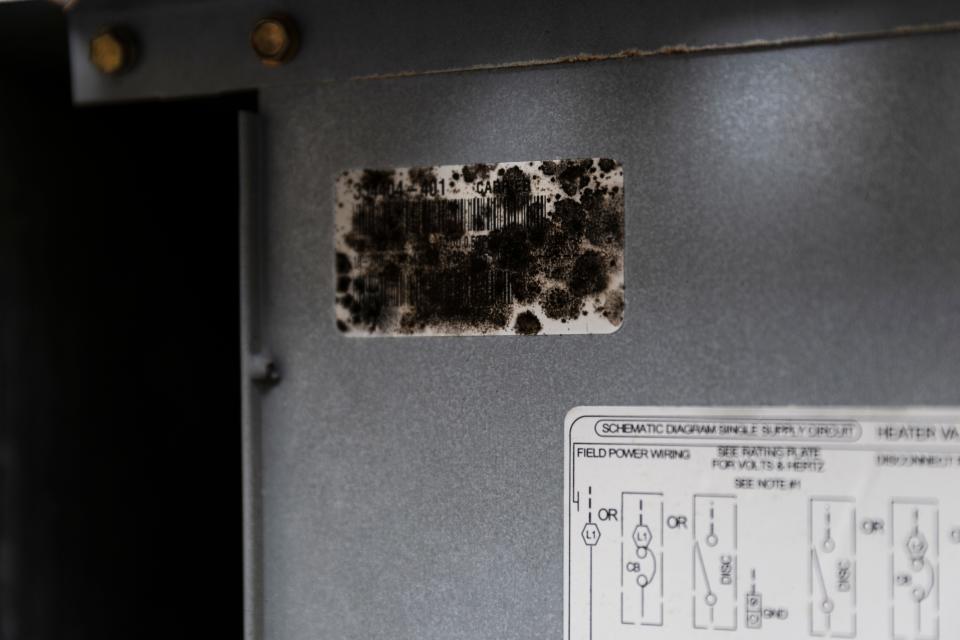

Hypersensitivity pneumonitis, allergic rhinitis and some types of asthma are allergic reactions that could be caused by biological contaminants. Symptoms of health problems caused by biological pollutants include sneezing, watery eyes, coughing, shortness of breath, dizziness, lethargy, fever and digestive problems, according to the EPA.
“Among the people that are most susceptible to indoor air quality are people with hypersensitivity syndromes like asthma, allergy, and persons with eczema,” said Joe Le Hsu, a pulmonologist at the Chest Clinic at Stanford Medicine.
Every home is at risk of biological growth developing on their HVAC system over time, but Rohde said people who live in more humid environments have a higher susceptibility of encountering biological growth. Boothe’s Heating & Air sales manager John Winters said systems can provide an ideal environment for such organisms because of moisture and darkness. A home with a lot of carpet, pets or people also can contribute to the dirt or biological pollutants that accumulate in an HVAC, Winters said.

Winters and Rohde stressed the importance of changing the air filter in the HVAC. Filters should be changed every 30 or 90 days depending on the filter’s rating on the box. But Rohde recommended checking the air filter every month, even if it’s rated for 90 days.
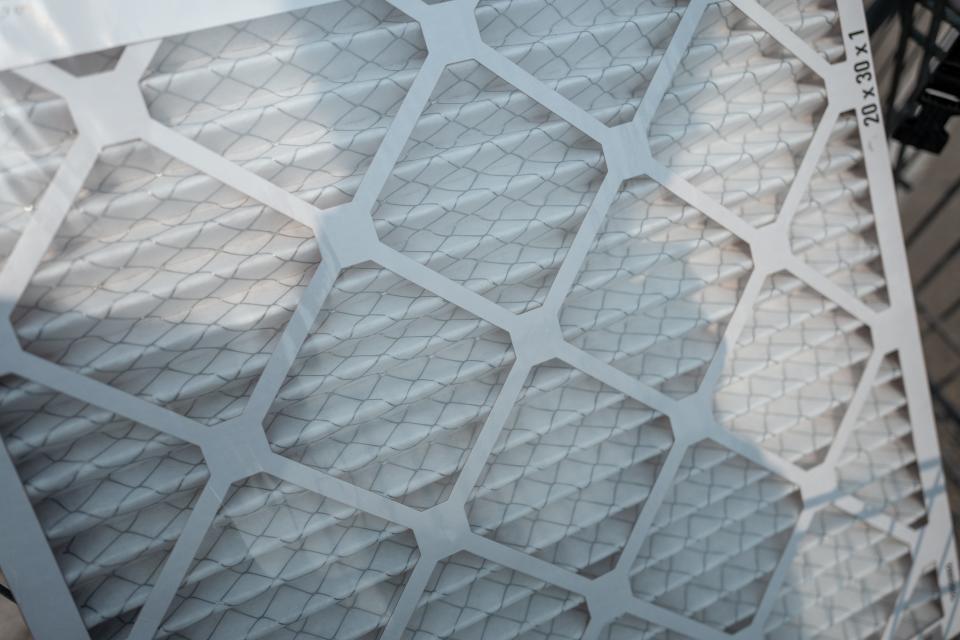
“If it gets dirty, even though it's rated for 90 days, you'd want to change it because you don't want to restrict the air flow,” Rohde said, explaining that the buildup of dirt on the air filter can clog the system.
Other solutions include a polarized media filter and a UV light, Rohde and Winters said. A polarized media filter fits into the same spot as a standard filter and works like a magnet to attract more than what a standard filter could, including very small particles of dust, pollen, and pet dander and allergens. The UV light works by targeting viruses, bacteria and mold spores and neutralizes it to make it ineffective. UV lights are also used in hospital settings for disinfection.
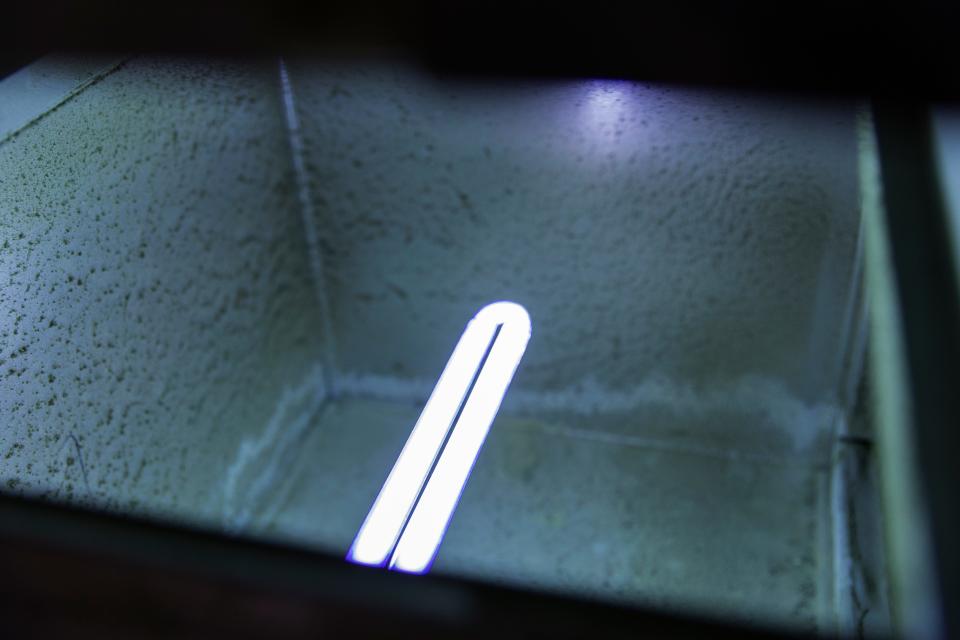
Rohde also suggested electronic air cleaners, which filter the air.
If there is a single room you are working in that you may want cleaner air, then air purifiers can be an option. Hsu, the pulmonologist at Stanford Medicine, shared a story of a group of people at the hospital who were all working out on the same stationary bike next to a vent. They each developed fungal infections.
“They put a HEPA filter inside that room, which helped to resolve the problem,” Hsu said. But even air purifiers must be maintained and cleaned.
Lewis Wesselius, a pulmonologist at the Mayo Clinic, said he emphasizes to patients that the lungs and the skin are the only two organs in the body that are continuously exposed to the environment.
Humidification devices are listed by the EPA as a pollutant, and during an interview with USA TODAY, Wesselius warned of something called humidifier lung “that can happen in patients who don't keep humidifiers clean,” he said. “Same with hot tubs; indoor hot tubs can be a source of causing hypersensitivity pneumonitis.”
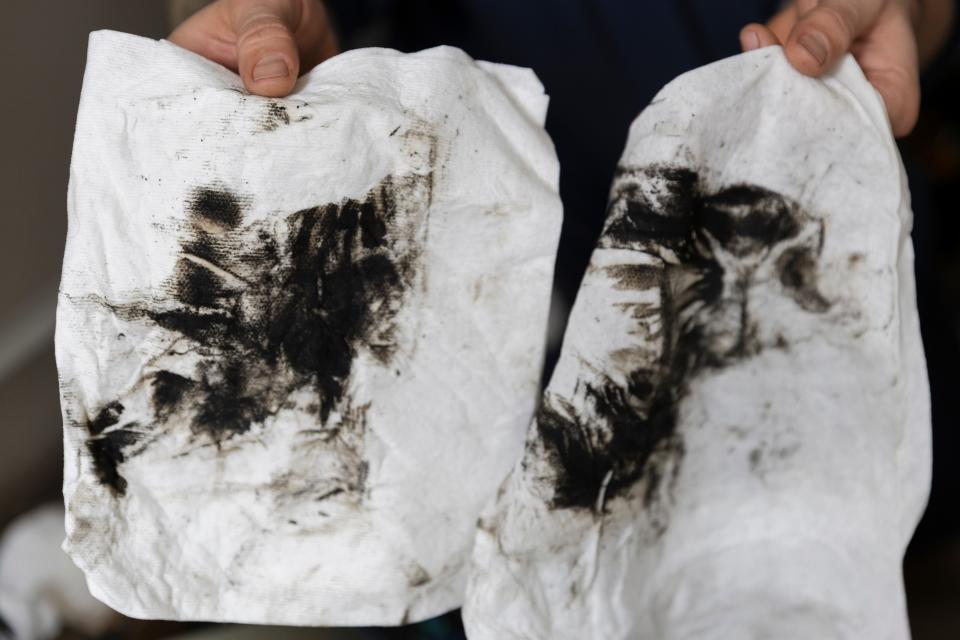
After the biological growth was removed from my system with a deep cleaning by the technician, I decided to purchase a UV light the company recommended to prevent biological growth from growing going forward. The cleaning and the UV light installation took about two hours. The UV light’s bulb typically lasts for two years before it needs to be replaced.
“I think indoor air quality is a topic that is often forgotten,” Hsu said, “and we can do a lot to improve our health by maintaining good indoor air quality.”
This article originally appeared on USA TODAY: How to improve indoor air quality in your home

